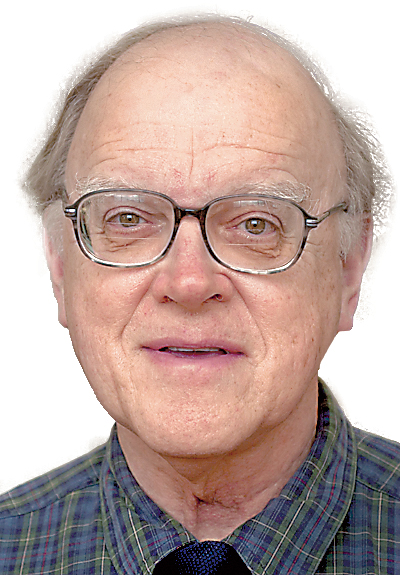Christopher Columbus made his historic landfall on Watling Island in the Bahamas on Oct. 12, 1492. We celebrate the date annually for its opening of the Americas to European exploration, exploitation and settlement.
For the indigenous populations, the date marked the beginning of a series of catastrophic outbreaks of disease that would decimate their numbers.
Subsequent waves of conquistadors, fortunehunters and traders would overwhelm native civilizations. The newcomers had muzzle-loading firearms, a few small cannons, horses and military organization unknown to local settlements. These advantages were magnified by a series of highly contagious diseases that wiped out native resistance, often in advance of the raiders.
A pandemic is an epidemic that involves an unusually high percentage of a population. A pandemic may occur when an old disease mutates or changes in such a way that human populations have no resistance to it. Alternatively, a new disease may be carried to a population with no prior exposure to it by military forces, explorers, merchants or refugees. The newcomers may be immune to the diseases because they are survivors of prior attacks or come from societies that enjoy relative immunity to the diseases.
In 1493, influenza, possibly harbored by pigs carried aboard Columbus' ships, struck the native population of Hispaniola - the island now housing Haiti and the Dominican Republic where the Europeans had established a small settlement. The illness ricocheted around the Americas for decades.
Smallpox struck next, reaching the Caribbean islands in 1518. The disease swept through native populations at each point of contact. Some Spaniards became ill, but none died. Traders probably carried the disease to Central American that same year.
Hernan Cortes never had more than a few hundred soldiers under his command. When he entered the Aztec capital of Tenochtitlan in 1520, he found half the population dead from smallpox and many of the survivors too weak to mount resistance. The subsequent surrender of the Aztecs in August 1521 would cement the Spanish colonization of the Americas.
Forces led by Francisco Pizarro failed in two earlier invasions to conquer the Incan civilization in the Andes of South America in 1524 and 1526. A third campaign, aided by a devastating outbreak of smallpox among the Incas, succeeded with victory achieved in 1533.
Measles, a viral illness, was another early invader, causing widespread death and havoc in every population center it entered. Typhus, a bacterial illness transmitted by lice, moved through the same lands. Nothing in the healing traditions or medications employed by the native populations could treat or slow the progression of the new diseases.
Malaria and yellow fever, both mosquito-borne diseases, reached the Americas in the 1520s. Because so many of the native population had succumbed to disease, slaves were imported from Africa to work the silver mines and the land. The new diseases arrived with them and have posed health threats since.
A deadly epidemic of syphilis traveled eastward, likely carried by crewmen of Columbus returning to Europe. Syphilis may have been an entirely new disease. Alternatively, a more-potent American strain of the bacterial illness may have merged with a milder form of the disease in Europe to produce a centuries-long outbreak. The first recorded outbreak in Europe occurred during the siege of Naples in 1493 when French forces conquered Spanish defenders who included several former sailors from Columbian voyages.
In total, the new diseases would kill an estimated one-third of the native populations of the Caribbean and Central and South America and disable many more.
Infectious diseases know no borders. A new disease can quickly devastate a population previously unexposed to it. Modern-day equivalents are found in HIV and Ebola outbreaks. Worldwide surveillance by public health organizations is crucial to prompt identification and response to new biological invaders.
Contact Clif Cleaveland at cleaveland1000@comcast.net.

